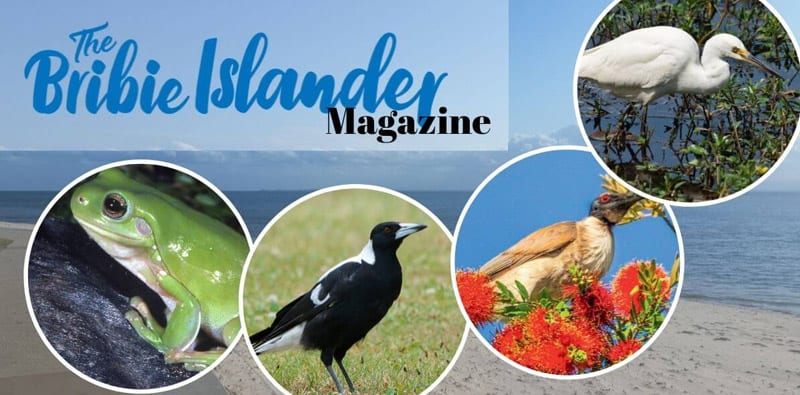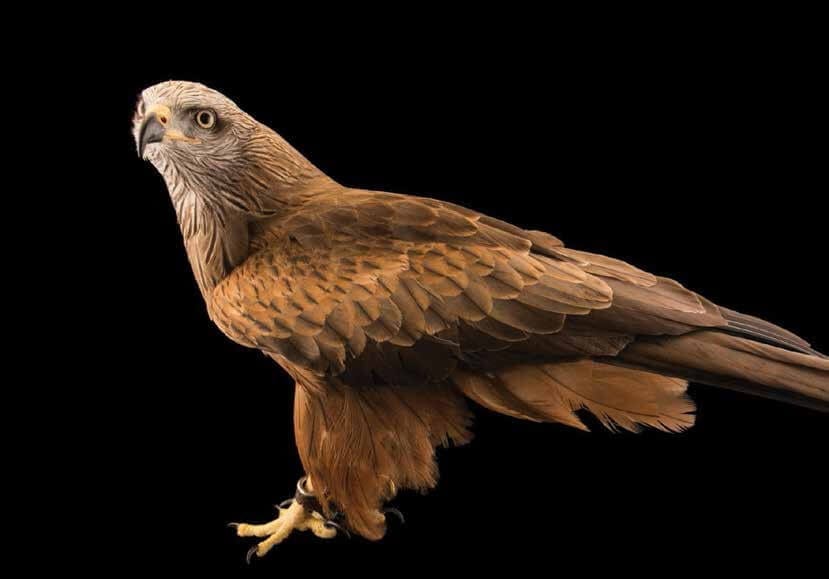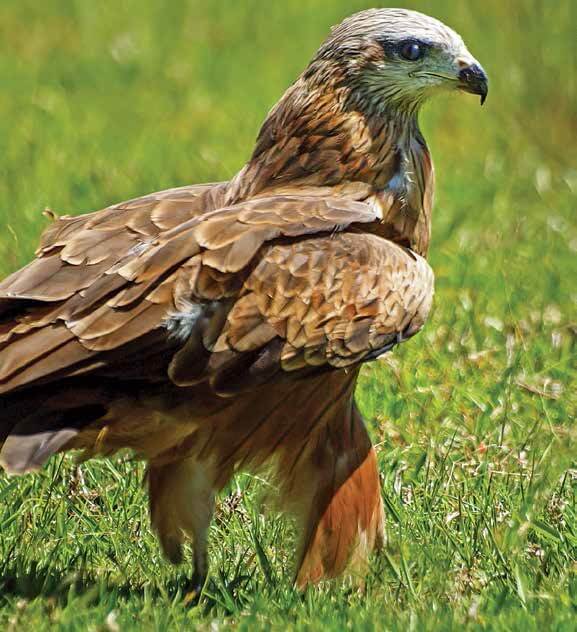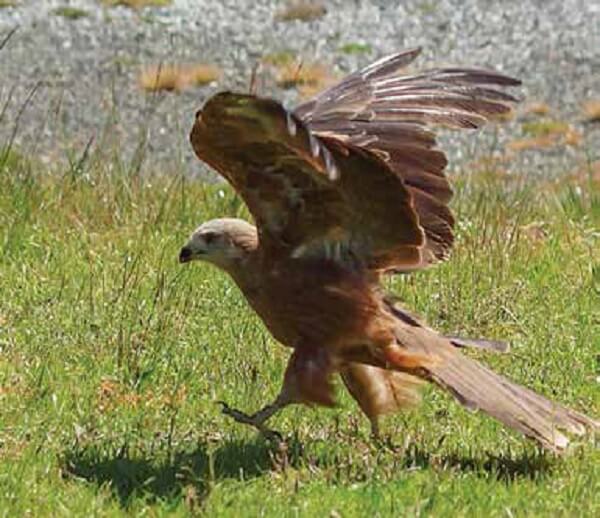Tags: Native wildlife. Birds. Black Kite Moreton Bay. Queensland. Australia.
Black Kites are seen very rarely on Bribie Island but are more common on the mainland around Caboolture. I have sometimes seen one flying between the Bribie Bridge and Ningi. They are a little smaller and darker than the Whistling Kites which are common on Bribie Island. They are one of Australia’s most common raptors and the most numerous of all raptors in the world.
They are rather nondescript, medium-sized dark brown raptors that appear black from a distance. Eyes are brown and bills are black with a smudge of yellow near the nostrils. Males are around 50cm long while females are about 55 cm. Wingspans are 1.2-1.5 m and they weigh 560-671 g. In-flight the wings with distinctive fingers at the tips glide and soar with occasional slow flaps.
Forked tails are probably their most distinguishing feature which they twist from side to side while working the updrafts. This action makes them easy to identify in flight. When the air is calm wings are held flat while they glide at lower altitudes among the treetops. When perched they sit upright with folded wings reaching almost to the tips of their tails. They are often seen in groups of up to hundreds of birds but are sometimes solitary.
Square-tailed Kites are similar in appearance but do not have the forked tail. Preferred habitats are forested areas, mangroves, swamps, cattle yards, rubbish tips and around fires. They are more common in the north of Australia and inland areas and less common as you travel southwards.
On a trip on the Bruce Highway to Cairns, you will see hundreds of Black Kites flying overhead, many searching for roadkill. They are also found in Europe, Asia, and Africa. Much of their food is carrion and roadkill, insects especially grasshoppers, reptiles and small mammals. Fires are an attraction and as small creatures and insects try to escape the flames they are swooped upon by the hungry kites.
During the days when most cane farmers burnt off their crops before harvesting, there would be flocks of hundreds of kites swooping down with legs outstretched snatching at escaping prey and picking up the charred remains of animals unable to getaway. During grasshopper plagues, large flocks form and gorge on the prolific insects. No other raptor forms flocks such as these.
They are opportunistic hunters and take what is available. Breeding in the north is recorded to occur in all months while in the south it is mainly during the months from July to December. Nests are rough slightly rounded platforms of sticks high Black Kite Milvus migrans By in trees and lined with grasses and available soft materials. Both birds perform ritual courting dances in the air by loud calling, grabbing of talons, with falling and somersaulting before nesting.
Both parents build nests. Clutches of 2-3 speckled eggs are laid and the female incubates for about 35 days while the male provides her with food. When hatched the young are covered with grey down. Siblings are aggressive towards one another and the weaker ones are often killed. Parent birds are diligent in keeping their nests safe. After about 50 days the young will leave the nest to stand on nearby branches. After about 2 years they begin breeding themselves.
Sometimes the nests of other birds such as crows are used. Some nests are used for several years. Indigenous people of NT claim that raptors such as Black Kites, Whistling Kites, and Brown Falcons will start their own fires by picking up burning sticks and carrying them to a new location where they are dropped to start new fires. They then wait for a fresh crop of terrified creatures to run from the burning debris to be pounced upon by the waiting predators.
For this reason, they are sometimes called “Firebirds”. Another common name for obvious reasons is Fork-tailed Kite. Milvus is a Latin word meaning Red Kite while migrand means migrating. There are few natural predators, but unwanted deaths often occur as a result of human interference.
As kites are carrion feeders and swoop to feed on roadkill they often collide with oncoming vehicles. Sometimes when perching on electric wires they are electrocuted. Feeding on animals that have been poisoned can also cause death. Their conservation status is stated as secure. Populations appear to be decreasing but have not reached the status of vulnerable.
Other Articles
- Bribie Island Wildlife – Leaden Flycatcher – Myiagra rubecula
- Bribie Island Wildlife – Black-fronted Dotterel – Elseyornis melanops
- Bribie Island Wildlife – Little Egret



